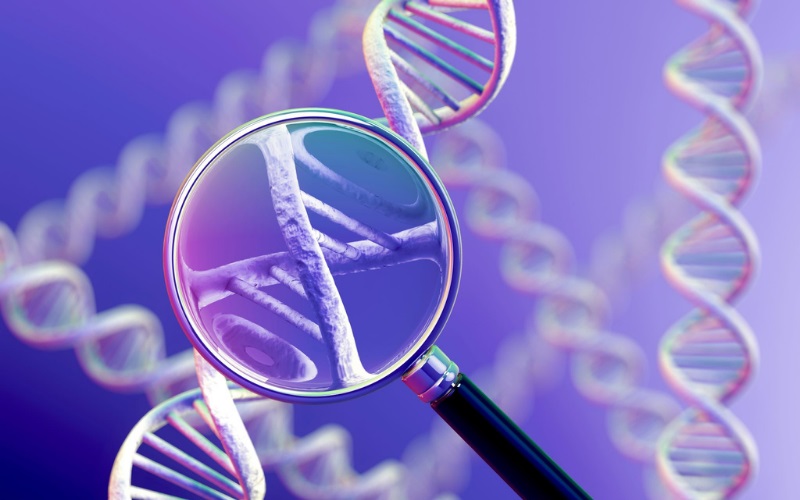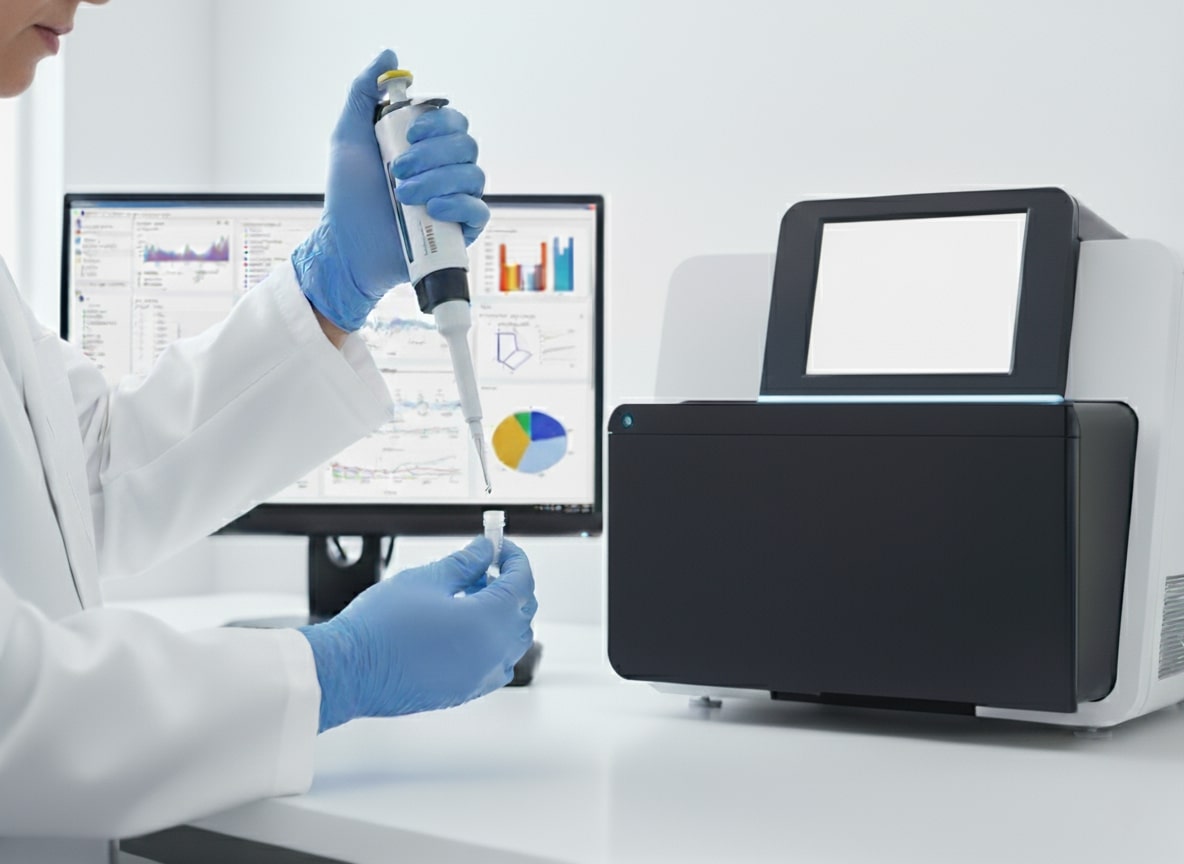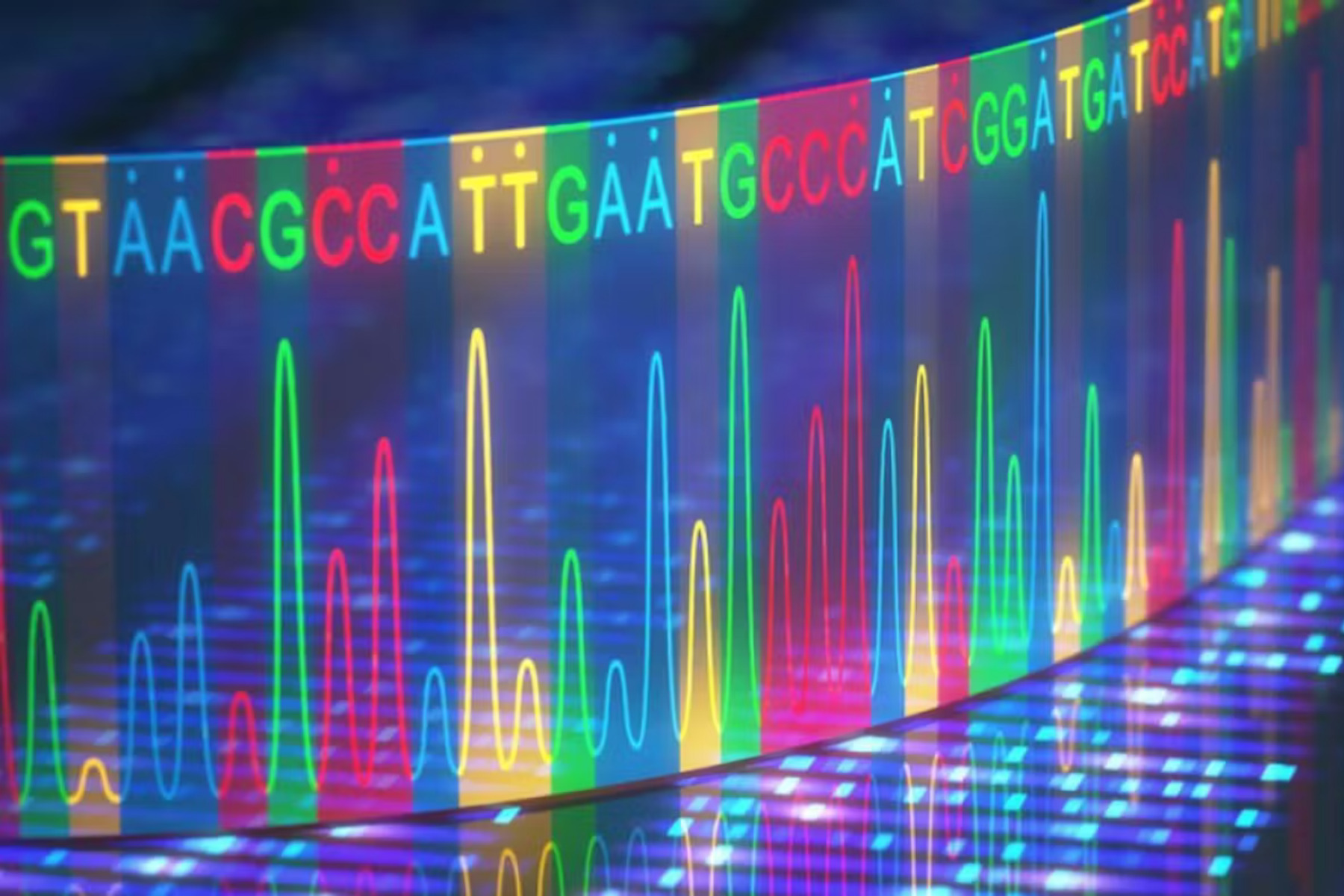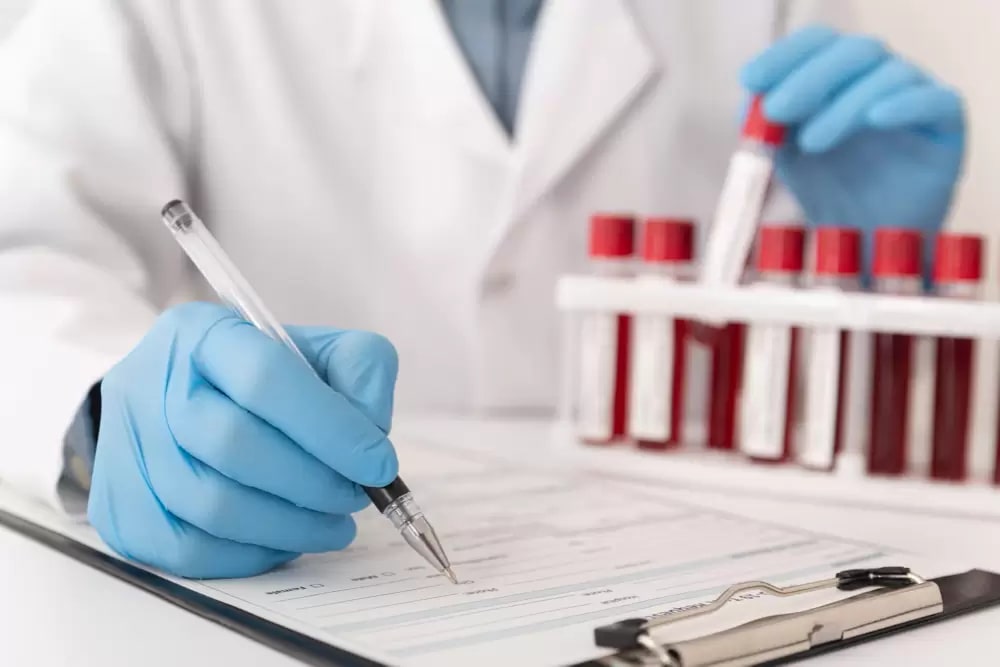Understanding Minimal Residual Disease (MRD): Helpful Calculations in ctDNA Analysis
The analysis of minimal residual disease (MRD) using circulating tumor DNA (ctDNA) is gaining increasing importance as a precise tool for monitoring cancer during and after treatment. But what do MRD values actually mean – and how can they be translated into something more tangible?
In the following, we use a practical example to show how MRD values can be back-calculated – down to human genome equivalents (HGE) and even cellular equivalents.
What Are Human Genome Equivalents (HGE)?
A human genome equivalent (HGE) indicates how much cfDNA (cell-free DNA) corresponds to the total DNA content of one cell. Each human cell contains about 6.6 picograms (pg) of DNA.
Example:

- From 2 ml plasma, 33 ng cfDNA were extracted.
- This corresponds to about 5000 genome equivalents.
- Converted to 1 ml plasma: 2500 HGE/ml plasma.
This means that in 1 ml of plasma, there is cfDNA equivalent to the DNA content of about 2500 human cells.
Interpreting an MRD Value
Now let’s consider an MRD value of 0.0001 (0.01% ctDNA). This value indicates that 0.01% of the total cfDNA originates from tumor DNA (ctDNA).
Calculation:

- 2500 HGE per ml plasma
- 0.01% of that = 0.25 tumor HGE per ml plasma
This corresponds to 0.25 tumor cells per ml plasma. In other words: it would take about 4 ml of plasma (approx. 7.3 ml of blood) to theoretically find the equivalent of a single tumor cell – assuming such a cell is even present in circulation.
Note: The detection of ctDNA in plasma does not necessarily mean that tumor cells are circulating in the blood. ctDNA can also be shed into the bloodstream by solid tumors.
Conclusion
In our example, the analysis of 33 ng cfDNA extracted from 2 ml plasma with an MRD value of 0.0001 corresponds to about 0.25 tumor cells per ml plasma (or 0.1375 tumor cells/ml blood).
LIQOMICS & Our Services
At LIQOMICS, the detection limit for MRD in our validated tests is 5×10⁻⁶ (0.000005) – making them
even more sensitive.
Can you estimate how much blood would be required at this detection limit to identify the
equivalent
of a single cancer cell?
Contact us for a personal consultation and learn how our MRD test can improve your diagnostics and enable more precise patient care.



